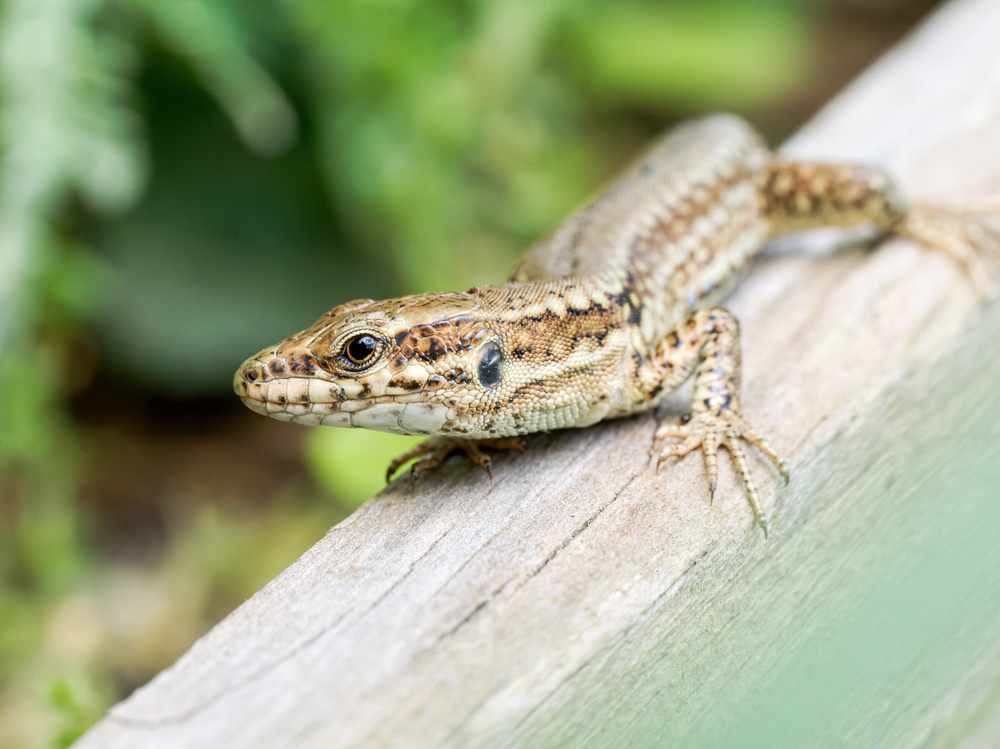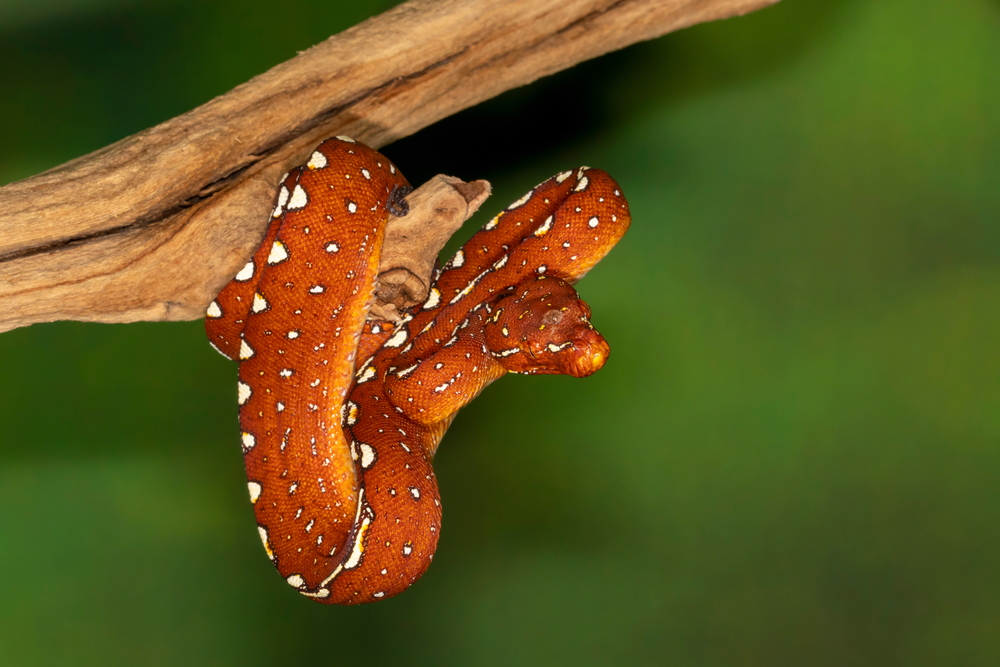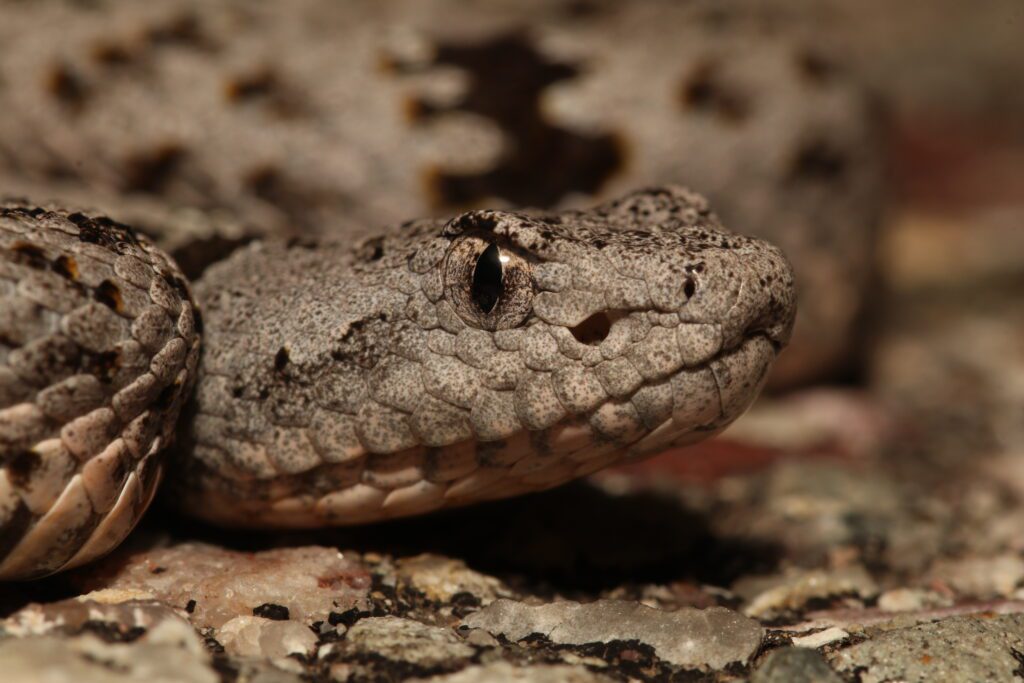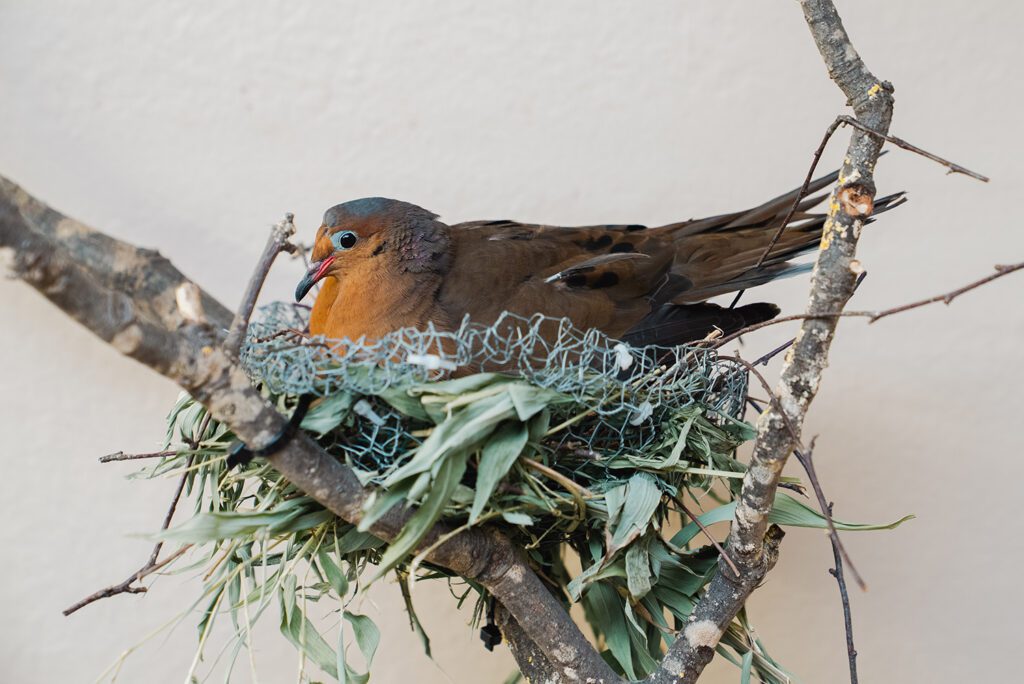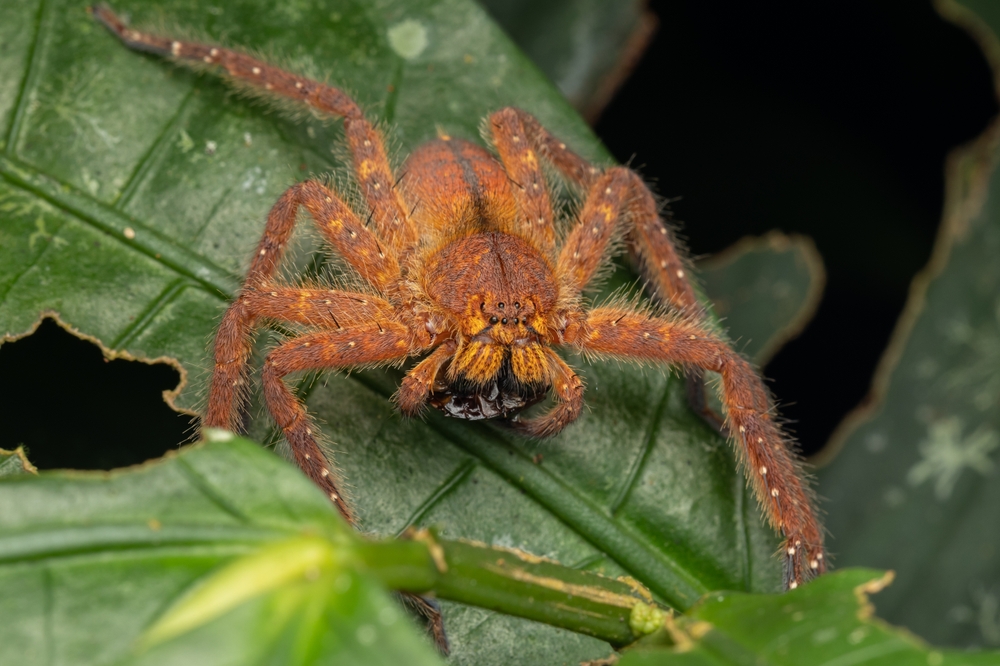Tucked away on the sun-soaked southern coast of the Isle of Wight, UK lies a curious ecological success story – one where Mediterranean reptiles bask happily among exotic palms and succulents. At Ventnor Botanic Garden, visitors can not only admire the subtropical flora but also glimpse flashes of movement across the stone walls: the Common Wall Lizard (Podarcis muralis). Completely unaware of their existence in the UK, this is how we spotted them on a recent trip to the island. These small, agile reptiles have become an established part of the garden’s character, offering a living reminder of how microclimate and adaptation can shape local wildlife in surprising ways.
The common wall lizard
The wall lizards of Ventnor are believed to be among the oldest known colonies of Podarcis muralis in Britain. They measure up to 20 cm in total length, with a tail accounting for much of it. The common wall lizard can display an extraordinary variety of colours and patterns – from earthy browns and greys to hints of olive green or bronze. Their undersides are often flushed with orange or pink, and males can exhibit striking blue spots along their flanks. This polymorphism makes each lizard a miniature mosaic, perfectly adapted for camouflage against the sun-warmed stone and rocky backdrops of Ventnor Botanic Gardens.
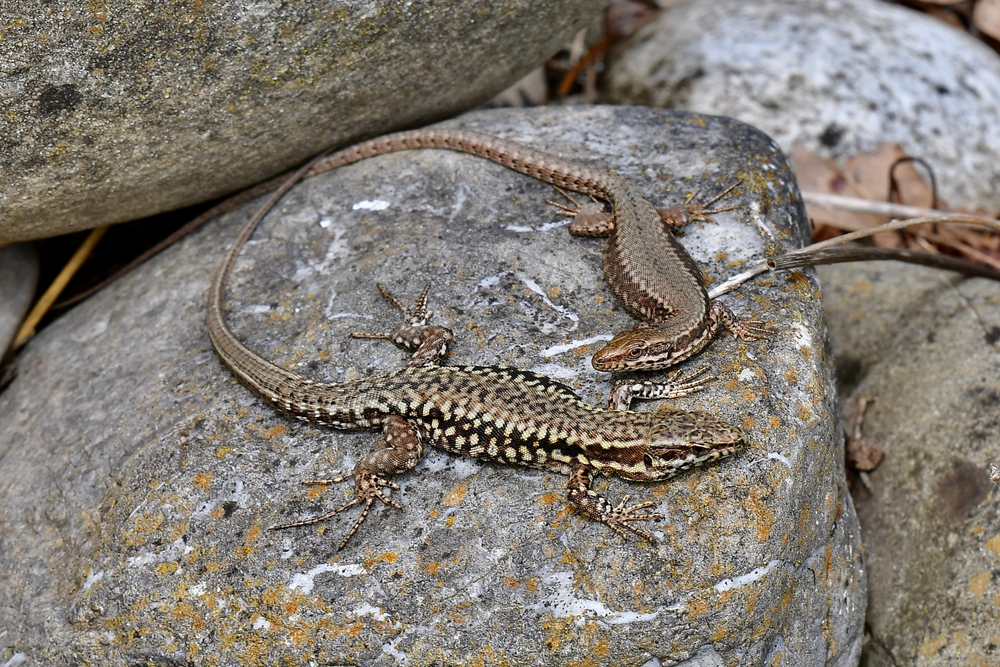
Wall lizards Italian origins
In their native range, Podarcis muralis are widespread across southern and central Europe, particularly abundant in Italy, where the species is thought to have originated. Italian populations thrive in a variety of habitats – from lowland vineyards and olive groves to alpine valleys and urban ruins. They are especially associated with dry stone walls, the very structures inspiring their name (“muralis” meaning “of the wall”).
Italian wall lizards are diurnal, highly thermophilic reptiles, spending much of the day basking in sunlight before retreating into crevices to avoid overheating. Their diet consists mainly of small invertebrates such as spiders, flies and beetles, though they occasionally consume plant matter or nectar. In warmer regions of Italy, they may produce two or even three clutches of eggs per year, whereas cooler northern populations typically manage only one.
Interestingly, Italian wall lizards are renowned for their regional variation. For example, populations from Liguria and Tuscany tend to have bright green dorsal scales, while those from northern Italy show duller, more cryptic tones. This variability made them popular in the 19th century among collectors and naturalists – a possible clue to how the colony at Ventnor began.
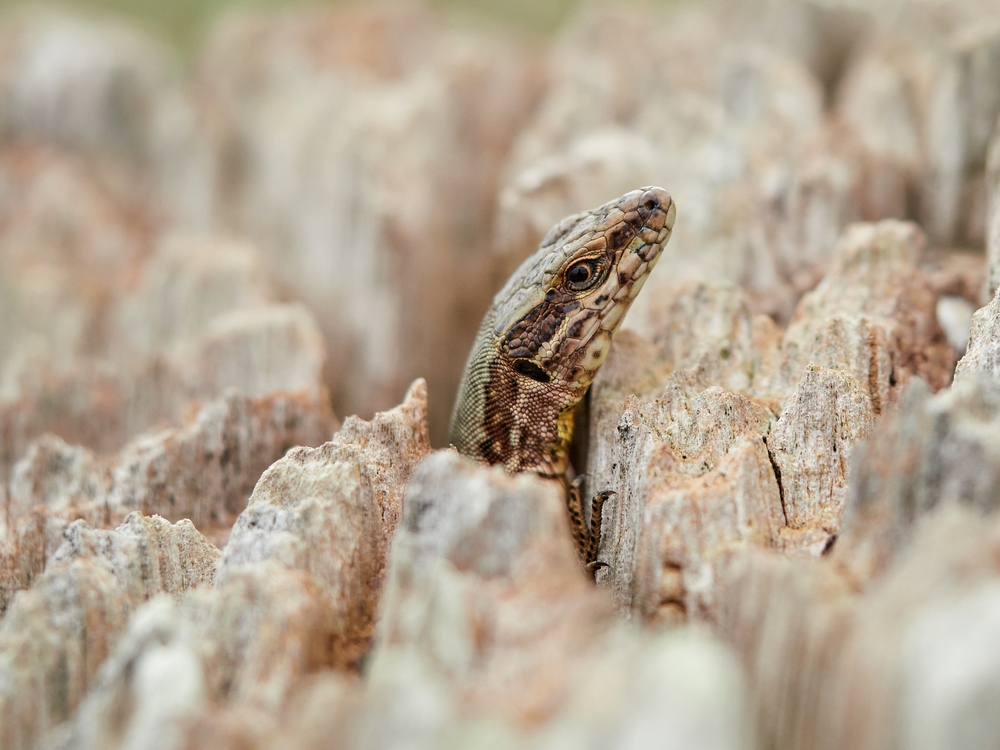
How did the wall lizards get there?
The precise origins of the Ventnor population are still debated. Genetic studies conducted by researchers from the University of Oxford suggest that these lizards likely descended from Italian stock, possibly introduced during the 19th or early 20th centuries when importing exotic species was fashionable among collectors. Others propose they could be remnants of an ancient native population that once ranged further north, surviving unnoticed in this southern refuge. Whatever their beginnings, the wall lizards endurance demonstrates both the species’ resilience and the island’s unique suitability as a home.
But why Ventnor?
Ventnor’s climate plays a central role in this success story. Sheltered by the steep Undercliff and warmed by the nearby English Channel, the botanic garden experiences mild winters and some of the highest sunshine hours in Britain. The south-facing stone walls, rocky terraces, and Mediterranean-style plantings mimic the wall lizards’ natural European habitats, offering ideal conditions for basking, breeding, and foraging. A purpose-built “Lizard Wall,” constructed in 2002, now provides additional basking and nesting spaces, helping the colony continue to thrive.
These reptiles are most active from spring through early autumn, spending the colder months in hibernation. On sunny days, the wall lizards can be seen darting between crevices or basking on masonry, quick to retreat at the slightest disturbance. Males are fiercely territorial, defending prime basking spots and showing off vivid coloration to impress females or warn rivals. Egg laying takes place in early summer, with hatchlings emerging in late August.
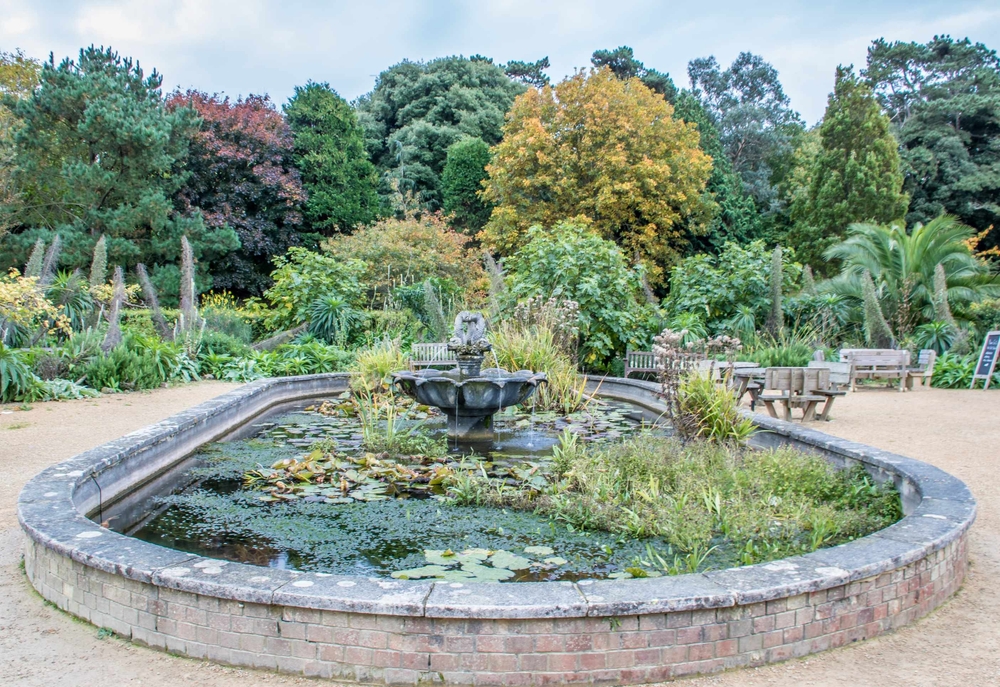
A garden for plants and wall lizards alike
Ventnor Botanic Garden itself is a marvel of design and microclimate management. With over 20 acres of subtropical and Mediterranean plantings, it showcases flora from regions as diverse as South Africa, New Zealand, and Australia. The garden’s sheltered setting not only nurtures rare plants but also sustains this remarkable reptile community. A Lizard Safari Trail invites visitors to explore and spot wall lizards in their naturalised habitat, celebrating the seamless blending of horticulture and herpetology.
By Sanya Aggarwal and Adam Colyer
Nature’s Imitation Game: Emerald Tree Boas and Green Tree Pythons
High in the forests of South America and the Indonesian archipelago, jewel-toned snakes drape themselves…
The Wall Lizards of Ventnor Botanic Garden
Tucked away on the sun-soaked southern coast of the Isle of Wight, UK lies a…
Thinking Like a Snake: Field Insights into Emerald Tree Boa Husbandry
Among keepers, few snakes inspire as much awe as the emerald tree boa (Corallus sp.)….
Herping Arizona Monsoons 2025 – Part One
Arizona encompasses vast stretches of Sonoran, Colorado, and Mojave Deserts. It’s scattered with 10,000-foot-high mountains…
“Extinct” Doves Hatch at Chester Zoo
Eight chicks belonging to a dove species that has been extinct in the wild for decades…
Naming Nature: Where Taxonomy Meets Pop Culture
From David Bowie’s lightning bolt immortalised in the iridescent fur of a spider, to Jackie…
